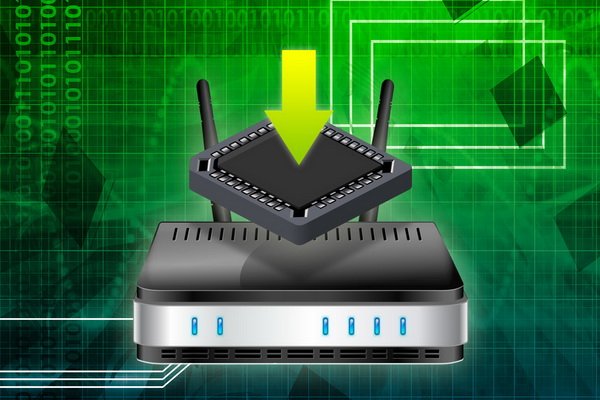Router Firmware: To Take Advantage Of The Latest Capabilities And Increase The Level Of Safety How To Update Your Router Firmware?
Firmware Update for the router is just as important as updating the firmware of other devices. Performing Middleware Updates Will Give You New Features And Security Enhancements / Fixes.
If your router is a few years old, a new update of your device firmware has likely been released, and you will need to install it. However, unlike computer software updates, which are easy to do, upgrading router firmware is not easy.
How to update the router firmware
The steps for doing this differ on different routers, but they all use the same process to update the firmware. To get the details, you should first go to your router manufacturer’s website and read the step-by-step guide after searching for your device model.
Some routers update their firmware automatically, but this feature is only available on newer smart routers, such as mesh routers. If you have one of these new routers and have heard that it needs a firmware update, check the update history section of the app and see if this new firmware is installed on your device.
Follow the steps below to update the router firmware manually:
Step 1. Download the firmware file from a reputable source. It is best to go to your device manufacturer’s website and download the firmware directly from there.
For example, if you want to update the firmware of a Linksys E1000 router, go to the Linksys website’s download page, search for and download the firmware, and remember to download the file that fits your router’s hardware version.

Step 2. Log in to the web page management of your router.

In the web browser address bar, enter the IP address to access the router settings management page. Most routers use the address 192.168.1.1.
The following is a list of default IP addresses of popular wireless router brands:
Apple: 10.0.1.1
Asus: 192.168.1.1
Buffalo Tech: 192.168.1.1
D-Link: 192.168.0.1 or 10.0.0.1
Cisco/Linksys: 192.168.1.1 or 192.168.0.1
NETGEAR: 192.168.0.1 or 192.168.0.227
Enter the admin username and password after accessing the router settings login page. The default login information is for the username and the admin password (lowercase).
Step 3. Find the firmware section in the router settings. This option is often under the Advanced or Management section. But depending on your router model, it could be somewhere else.

Make sure the firmware you already downloaded is newer than the current version used by your router. Compare the firmware version number installed on the router with your download file number.
Step 4. Transfer the firmware file to the router. Some routers may require a flash drive with a firmware file connected to its USB port, but others allow you to upload the file to the device via the router settings page.
Important Note:
Do not interrupt the firmware installation process; power outages or any other disruption to the firmware installation process can cause the router to malfunction permanently. Therefore, never turn off the router during the update.
Step 5. After the installation, your router will usually reboot once to get the new version of the condition control firmware.

